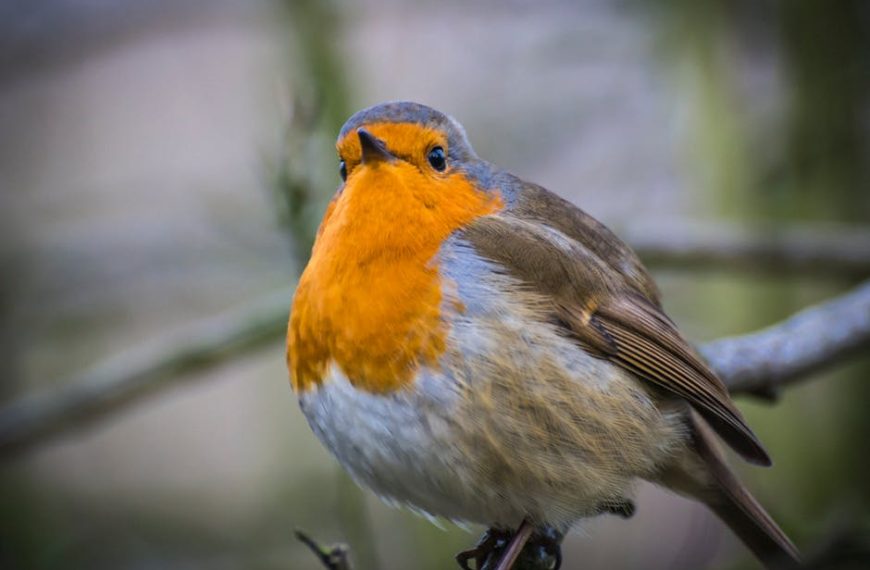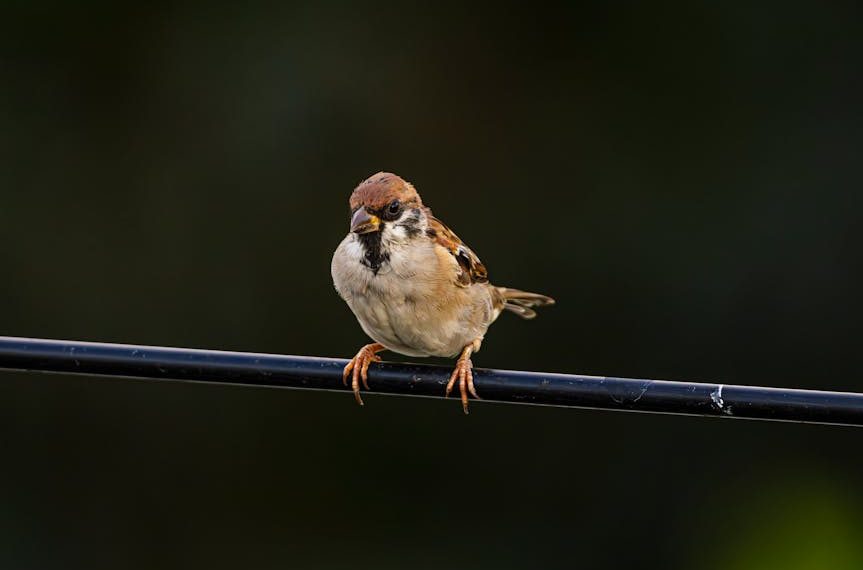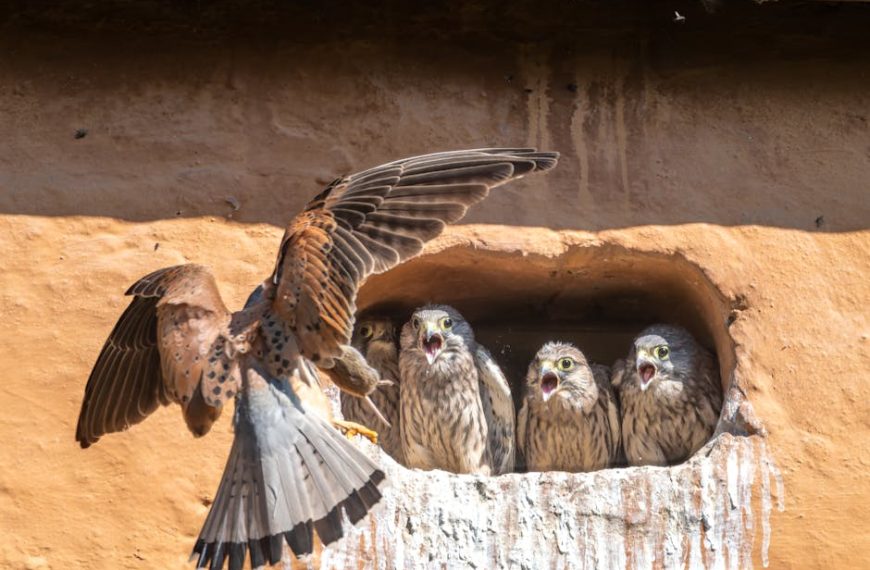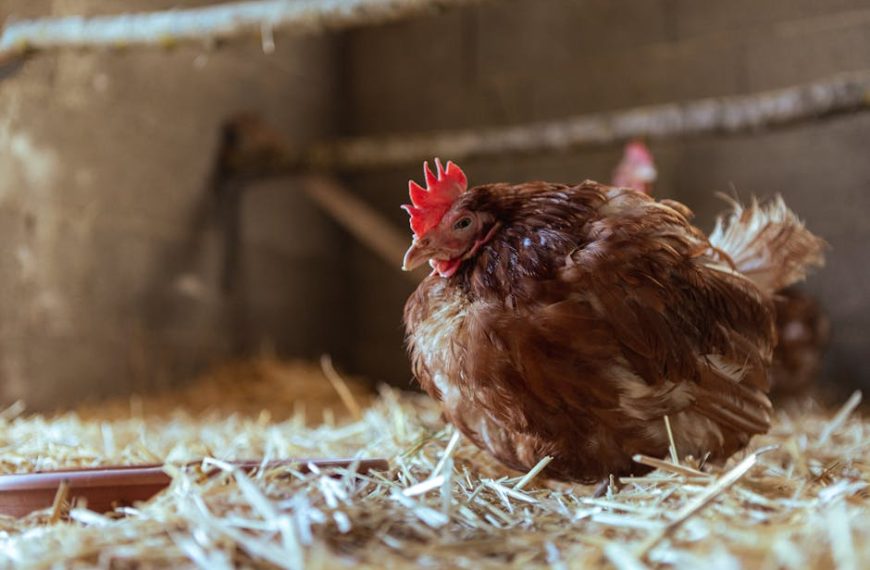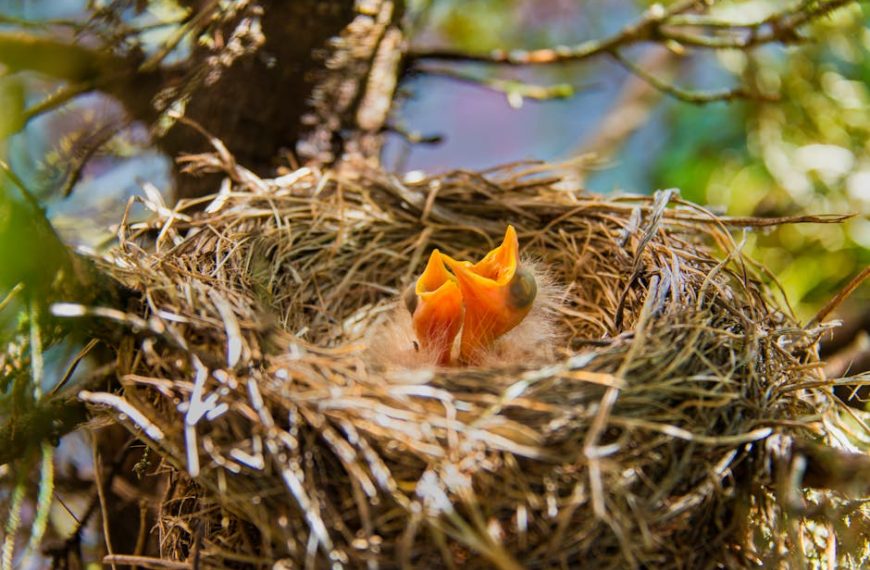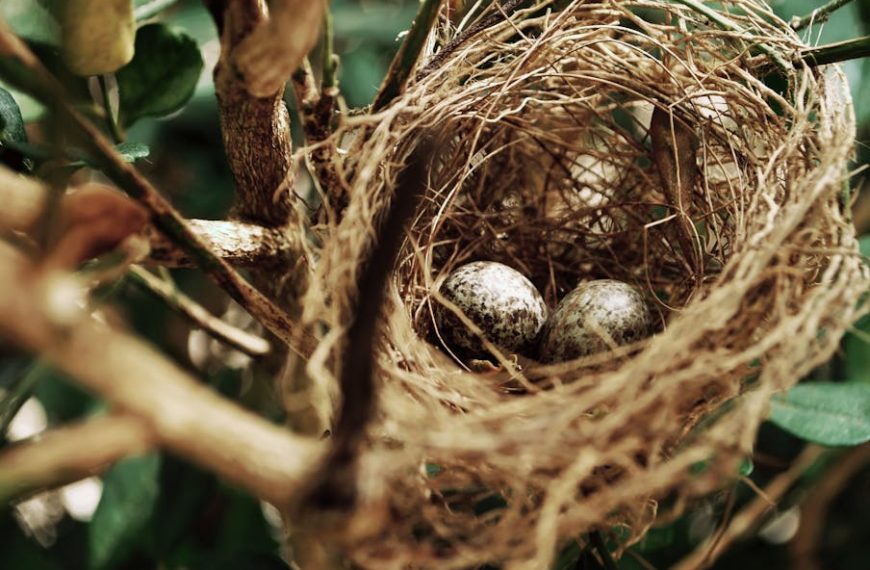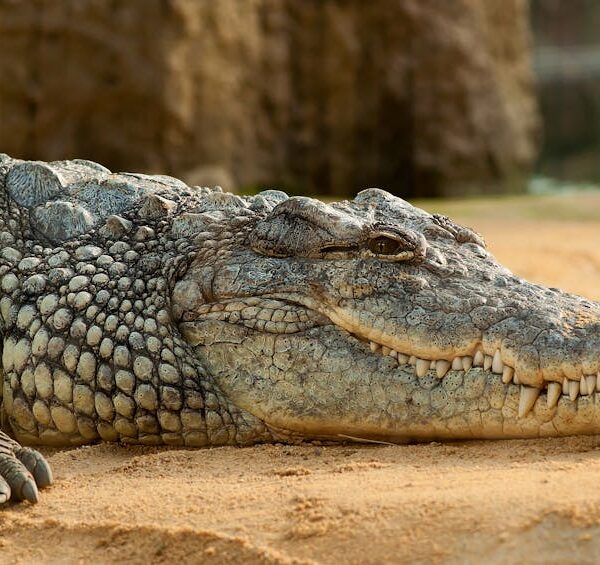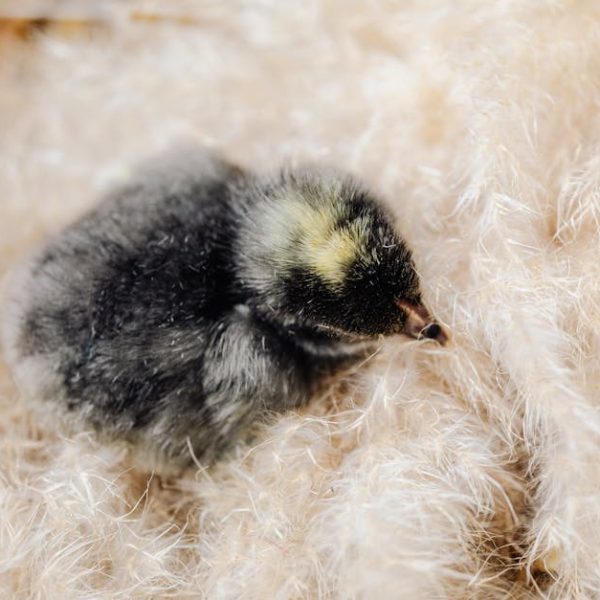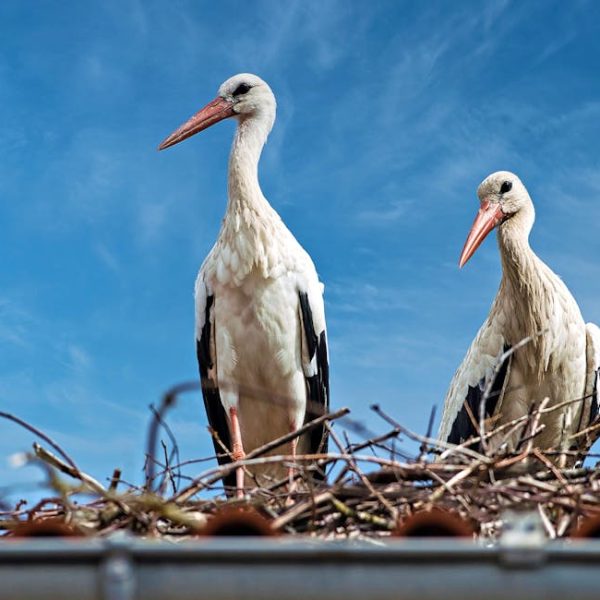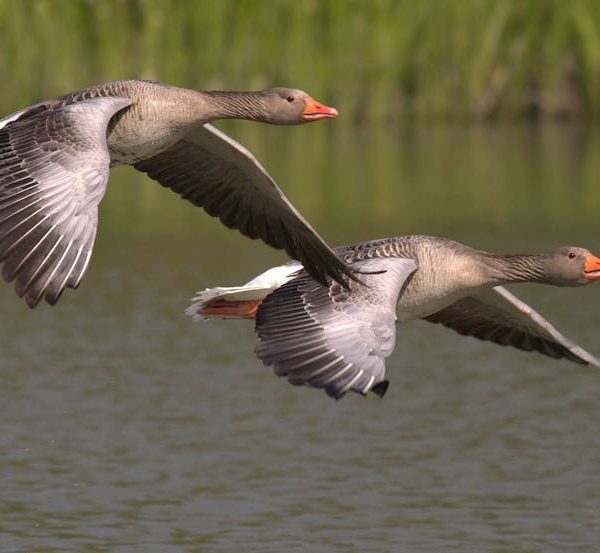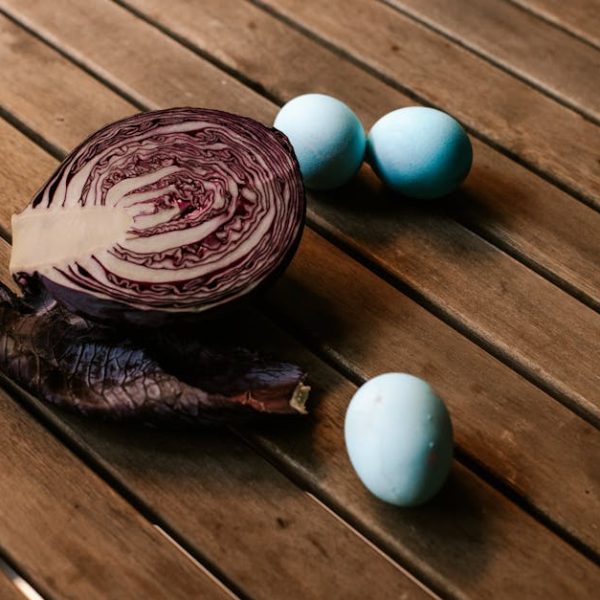With a world boasting an astonishing array of bird species, each species’ survival rate is intricately entwined with several key factors. The type of species greatly defines the tendencies of survival. For instance, smaller species like sparrows may find survival more challenging than large birds of prey such as eagles or owls. This is largely due to the fact that larger birds sit high on the food chain, suffering from less predation.
Factors Impacting the Survival of Baby Birds
There are several crucial factors that dramatically affect the survival rates of baby birds. These can vary from the environment they grow up in, the species they are born into, the level of predation they face and the impact human activities can have on their lives.
- Environmental Factors: The environment plays a significant part in how many baby birds make it to adulthood. Harsh weather conditions, scarcity of food, the quality and availability of nesting sites can all greatly affect survival rates.
- Species: Each bird species has its own unique set of challenges to overcome. Certain species find survival easier, while others may have lower survival rates due to their size, habitat, or specific needs.
- Predation: Predators pose a significant threat to baby birds. Creatures such as snakes, raccoons, and even other larger birds are potential threats to these small creatures.
- Human impact: Unfortunately, human activity is another critical threat. Urbanization, deforestation, and pollution all contribute to the loss of natural habitats and can negatively impact bird populations.
Tip: Creating bird-friendly environments in your backyard or community can help maintain and even increase local bird populations.
Survival Rates of Different Baby Bird Species
Different bird species have varying survival rates. Sparrows, owls, penguins, eagles – the list is endless, and so are the diverse survival rates.
Below, we’ve outlined the approximate survival rates for some widely recognized bird species:
| Species | Survival Rate |
|---|---|
| Sparrow | 25% |
| Owl | 30% |
| Penguin | 60% |
| Eagle | 80% |
Pro Tip: Remember, these are just averages and actual rates may vary due to changes in environmental conditions or human activities.
Nesting and Breeding: The Role of Parent Birds in Ensuring Survival
Parent birds play a crucial role in the survival of their young. From feeding to protecting to teaching their young how to survive, every interaction counts.
Some best practices include:
- Both parents participating in the nest building and maintenance
- Timely feeding of hatchlings
- Protection of the young from predators
By following these practices, parent birds substantially increase the likelihood of their offspring reaching adulthood.
Artificial Assistance: Conservation and Rehabilitation Efforts
Conservation organizations play a critical role in improving the survival rates of baby birds by implementing various methods, such as:
- Establishing bird sanctuaries and reserves that provide birds with a safe and accommodating habitat
- Rescuing injured or orphaned birds and providing them with needed care
- Creating focused breeding programs to repopulate endangered bird species
Pro Tip: You too can contribute to these efforts. Participating in bird counts, reporting injured birds, and supporting bird conservation organizations are all effective ways to help.
Understanding Bird Population Dynamics
Understanding bird population dynamics is key in conserving and maintaining balanced ecosystems. Birds provide certain benefits like controlling pests and pollinating plants, but their populations also face challenges due to environmental changes or human influence. Therefore, it’s crucial to continue researching bird populations and survival rates to maximize conservation efforts.
Concluding Thoughts
In conclusion, it’s clear that the survival rates of baby birds depend on a balanced combination of numerous factors. From species type and environmental conditions to human activities and conservation efforts – every factor plays its part. By recognizing and acknowledging these fundamental elements, we, as human beings, can significantly contribute to the protection and preservation of these fascinating aviary creatures. So, let’s act thoughtfully and responsibly to ensure these beautiful birds continue to grace our skies for many more generations to come.
Key Takeaway:
- Survival rates of baby birds depend on many factors such as species type, environmental conditions, predation, and human impact.
- The active involvement of both parent birds significantly contributes to the survival of young birds.
- Conservation organizations play a crucial role in enhancing the survival rates of baby birds.
- An understanding of bird population dynamics is crucial for maintaining balanced ecosystems and driving further conservation efforts.
Let’s stay positive and remember, our actions matter, and even small efforts can create a significant impact. A bird-friendly backyard or participation in conservation programs can make a tremendous difference. There is always more to learn, and thus more to help in the preservation of these diverse and fascinating creatures that share our planet.
FAQs
Q: How does the environment affect the survival of baby birds?
A: Harsh weather conditions or scarcity of food are such environmental factors that can greatly impact bird survival. Hence, creating a bird-friendly environment in your backyard can significantly help them.
Q: Why do different bird species have varying survival rates?
A: Each bird species has its unique set of challenges, like their size, habitat, or specific needs. For instance, sparrows may have lower survival rates than eagles due to a size disadvantage making them more vulnerable to predators.
Q: How does predation affect bird survival?
A: Predators like snakes, raccoons, and other larger birds pose a significant threat to baby birds. Protective measures by parent birds, like effective nest building and guardian behaviour, can substantially improve survival rates.
Q: How does human activity impact bird survival?
A: Urbanization, deforestation, pollution, etc., lead to loss of natural habitats, negatively affecting bird populations. Conservation measures like rescuing injured birds, establishing bird reserves, and breeding programs can counter these effects.
Q: How can I contribute to bird conservation?
A: Participating in bird counts, reporting injured birds, supporting bird conservation organizations, or simply creating bird-friendly environments in your backyard are effective ways to contribute to bird conservation.
Please share this article and continue learning more about nature on our website.

